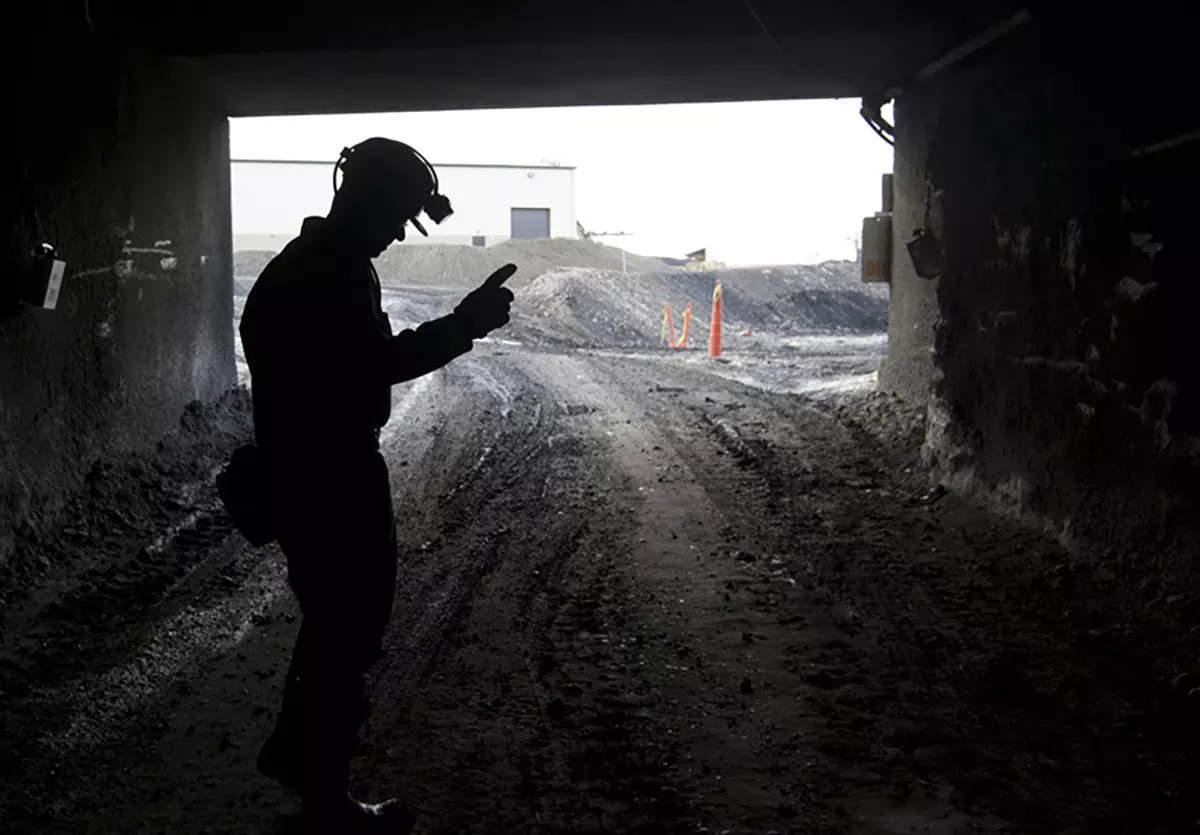
Revenue from Australia’s exports of critical minerals like lithium and nickel will nearly equal the current second-biggest export earner coal by 2028 as the global energy transition gathers pace, the government said in an update of its five-year outlook.
Australia’s industry department, which on Monday forecast another record year of resources export revenue, said global coal demand had passed its peak, whereas demand for minerals like lithium, nickel, copper and rare earths was set to speed up. “Lithium and base metals (and their raw material inputs) will account for almost as much export revenue as all coal types by 2027-28,” it said in its March quarterly report, which provided the updated outlook. Australia’s annual export revenue from thermal coal, used in power plants, is expected to fall to a third of current levels to about USD 19 billion (USD 12.67 billion) in real terms by 2027-28, the report said.
Likewise, export revenue from steel-making coal will halve over the next five years to USD 30 billion.
Meanwhile, surging demand for lithium will boost the value of exports to USD 19 billion in the current financial year ending June 30 from USD 5 billion a year earlier.
Annual exports of copper, alumina, lithium and nickel will reach USD 49 billion by 2027-28. The department does not provide a breakdown of other critical minerals such as cobalt and rare earths.
Overall, the country’s total resource and energy exports are forecast to reach a fresh record of USD 464 billion this financial year after energy prices surged because of the war in Ukraine. Last year, exports had reached a record USD 421.6 billion.
Prices and revenue are expected to normalise in coming years, but resources exports will remain a major earner for the country, the department said, projecting revenue just shy of USD 289 billion in real terms by 2027-28.
China’s demand for Australia’s biggest export earner, iron ore, is expected to be stronger than previously forecast, though to remain below the USD 119 billion seen last financial year amid COVID-related supply disruptions.
The industry department lifted its iron ore revenue forecast by USD 8 billion to AUSD 97 billion in the current financial year due to pent up demand as Australia’s biggest trading partner reopens after COVID-related lockdowns.

